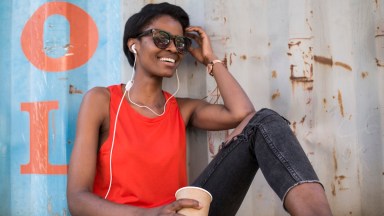In what has already been a sporting year like no other, three of the country’s most popular pastimes have been vying for the same media headlines and fan attention. The AFL and NRL seasons came to a climax last weekend with their respective Grand Finals, while the Spring Racing Carnival is currently in full swing with the ongoing Everest Carnival in Sydney and Melbourne Cup Carnival commencing this weekend. Spring is traditionally the peak time for wagering advertising each year, and with the packed sporting calendar, spend from the wagering industry is predicted to reach new heights in 2020.
Wagering advertisers have to navigate complex marketing regulations, meaning campaigns and offers can only run on certain platforms and at certain times. Due to this, wagering companies often look to partner with sporting bodies through sponsorship; notable current examples include the TAB Everest and Ladbrokes Cox Plate, Sportsbet’s partnerships with the AFL and NRL, and club deals such as Neds with the Brisbane Lions and Unibet with the Sydney Roosters. These partnerships provide wagering companies with significant exposure during major events, with Nielsen’s Sport24 media evaluation data showing that wagering is the ninth most visible industry in Australian sports sponsorship (Nielsen Sport24, 2019 full-year data).
Despite these ever-tightening marketing regulations, the maturation of the industry (including recent mergers and acquisitions) and large investments in sponsorship, Nielsen’s Ad Intel data shows that the advertising outlay of the wagering sector has experienced steady growth over the past three years. Although retail-based gambling has been negatively affected by COVID-19, the ad spend of the gambling industry has remained robust in 2020, bucking the general trend of this year’s advertising downturn. The annual peak period occurs as the nation’s attention turns to football finals and spring racing, and this is likely to be accentuated by 2020’s unique sporting calendar.
This significant marketing spend is seemingly having a direct impact on the habits of the Australian consumer, particularly in the key target demographic of young males.
Data from Nielsen’s Consumer & Media View (CMV) shows the number of Australian males who have gambled online in the past 12 months has grown from 27% (2018) to 30% (2020). This growth is more pronounced for males aged 25-39, with the number of those who have gambled online in the past 12 months increasing from 40% (2018) to 47% (2020).
When assessing the trends of those who bet regularly, the 18-24 male demographic has seen the largest growth (5% growth, gamble online at least once a fortnight).
Looking at the top five spenders in the wagering sector, Sportsbet takes the lead.
With the unique nature of 2020 seeing football finals and spring racing condensed into the same calendar, it seems likely the wagering industry’s traditional spring marketing blitz will be shorter than previous years, though perhaps with a higher peak. Whatever action happens on the field and on the track this spring, the omnipresence of wagering advertising seems like a safe bet.



